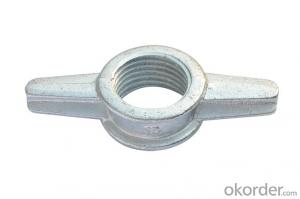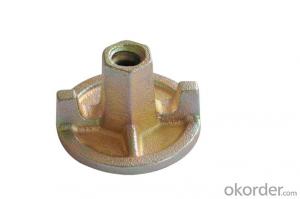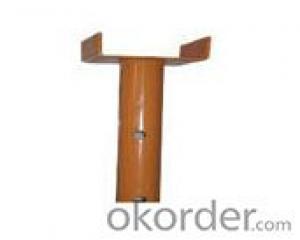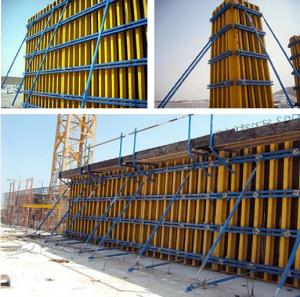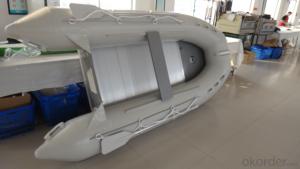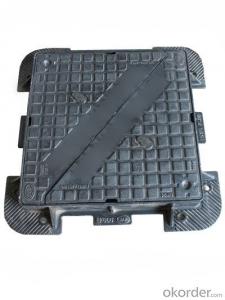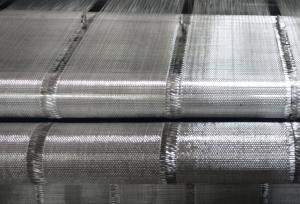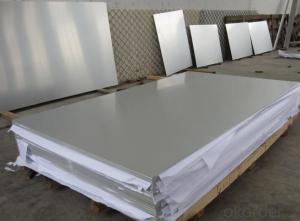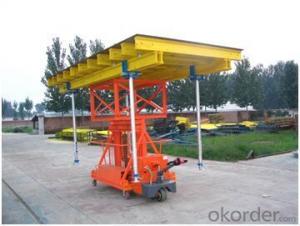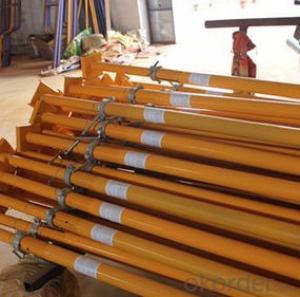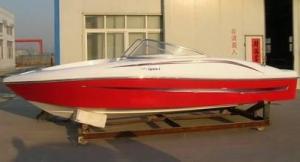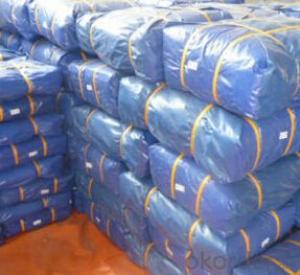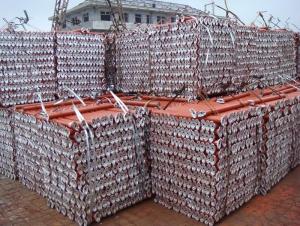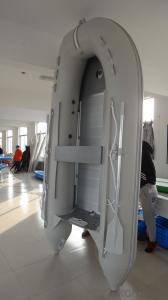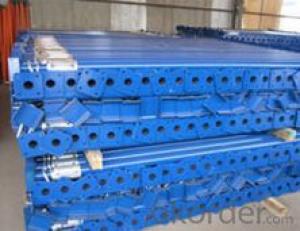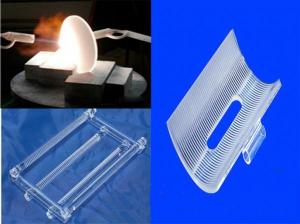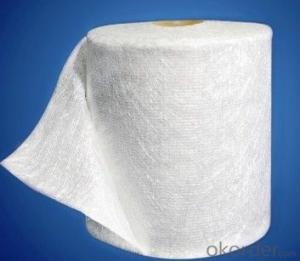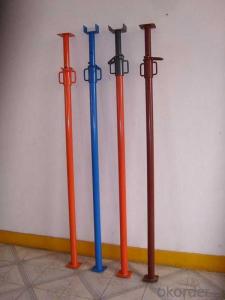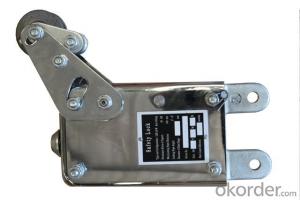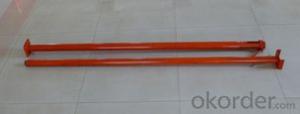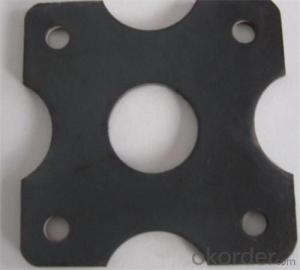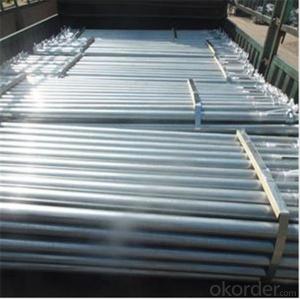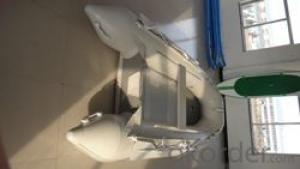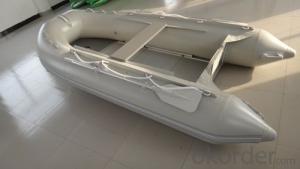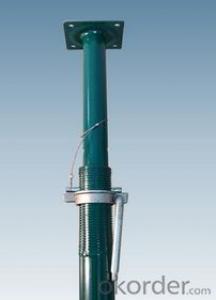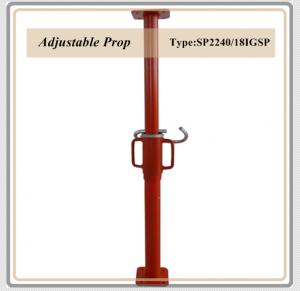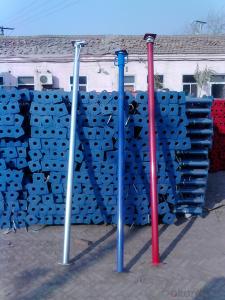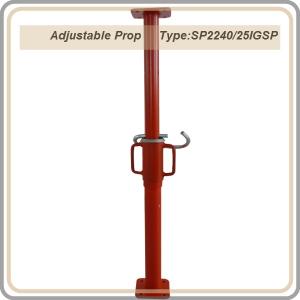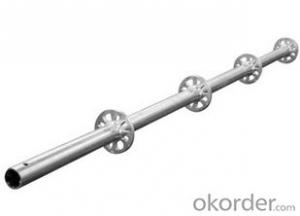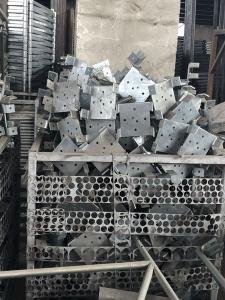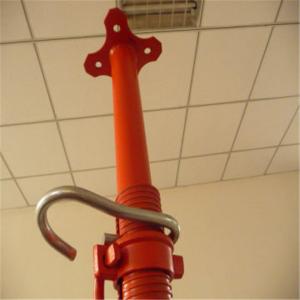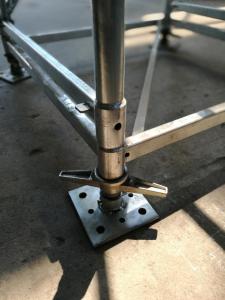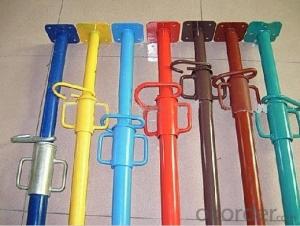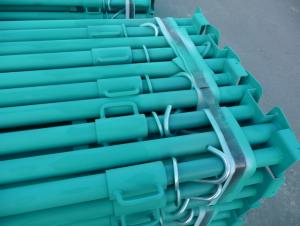Boat Prop Lock
Boat Prop Lock Related Searches
Aluminum Boat Capacity Plate Aluminum Boat Transom Plate Aluminum Plate Boat Plans Boat Propeller Cover Boat Propeller Parts Boat Prop Guard Old Boat Anchors Acme Boat PropellersHot Searches
Boat Prop Lock Supplier & Manufacturer from China
Okorder.com is a professional Boat Prop Lock supplier & manufacturer, offers integrated one-stop services including real-time quoting and online cargo tracking. We are funded by CNBM Group, a Fortune 500 enterprise and the largest Boat Prop Lock firm in China.Hot Products
FAQ
- Formwork systems can indeed utilize steel props. These props, which are vertical support structures, offer adjustable height and temporary support during construction. They are frequently employed in formwork systems to assist beams, slabs, walls, and other structural elements. Due to their strength and durability, steel props are well-suited for handling substantial loads in construction projects. Their adjustability and ease of securing in place provide flexibility in formwork design. Moreover, steel props can be reused multiple times, resulting in cost-effective formwork support. All in all, steel props are dependable and widely used components in formwork systems.
- The transformation of the old house can support it with channel beam below
- Therefore, it is necessary to estimate the bearing capacity of the steel beam. Three thousand nine hundred and seventy-three
- Steel props contribute to the prevention of concrete slab cracking by providing temporary structural support during the curing process. They help distribute the weight and load of the concrete, reducing the risk of excessive stress and potential cracking. Steel props also ensure the slab remains level and stable, minimizing the chances of uneven settlement or movement that could lead to cracks.
- Yes, steel props can be used in the installation of temporary security or surveillance systems. Steel props, also known as steel support beams or steel shoring, are commonly used in construction to support temporary structures or provide additional stability. They are designed to bear heavy loads and ensure structural integrity. When it comes to installing temporary security or surveillance systems, steel props can be utilized to provide a stable base for mounting cameras, sensors, or other equipment. These props can be adjusted to different heights and securely fixed in place, allowing for flexibility in positioning the surveillance systems. Moreover, steel props are durable and resistant to various weather conditions, making them suitable for outdoor applications. They can withstand wind, rain, and other environmental factors, ensuring the stability and functionality of the installed security or surveillance systems. However, it is important to consider the specific requirements and specifications of the security or surveillance systems being installed. Steel props should be selected based on their load-bearing capacity, adjustability, and compatibility with the equipment being used. Additionally, the installation should comply with relevant safety regulations and guidelines to ensure the proper functioning and effectiveness of the security or surveillance systems.
- The common methods of testing steel props for structural integrity include visual inspection, non-destructive testing (NDT) techniques, and load testing. 1. Visual Inspection: This is the initial and simplest method to assess the condition of steel props. It involves a thorough visual examination of the props to detect any visible signs of damage, such as cracks, deformations, corrosion, or misalignment. This method helps identify any obvious defects that may compromise the structural integrity of the props. 2. Non-Destructive Testing (NDT) Techniques: NDT techniques are commonly used to evaluate the internal condition of steel props without causing damage to the material. Some common NDT techniques used for steel props include: - Ultrasonic Testing: This method uses high-frequency sound waves to detect internal flaws or defects in the props. Ultrasonic waves are sent into the material, and the reflections are analyzed to identify any irregularities. - Magnetic Particle Testing: This technique is suitable for detecting surface or near-surface defects in steel props. It involves applying a magnetic field to the props and then applying magnetic particles to the surface. If there are any defects, the particles will be attracted and form visible indications. - Dye Penetrant Testing: This method is used to identify surface cracks or defects in steel props. A liquid dye penetrant is applied to the surface, which seeps into any cracks or defects. Excess dye is then removed, and a developer is applied to make the indications visible. 3. Load Testing: Load testing involves subjecting the steel props to a specified load to assess their ability to withstand the expected loads in real-world applications. This method helps determine the load-carrying capacity and overall strength of the props. Load testing can be done using hydraulic jacks, loading frames, or specialized load testing equipment. It is important to note that the specific testing methods used may vary depending on the applicable standards, regulations, and requirements of the project or industry. Professional engineers or specialized testing laboratories should be consulted to ensure proper testing techniques are employed to evaluate the structural integrity of steel props.
- To inspect a steel prop for damage or wear, it is important to visually examine the prop for any signs of cracks, dents, or deformities. Check for any visible signs of corrosion or rusting on the surface as well. Additionally, ensure that the prop is not bent or twisted by placing it on a flat surface and checking for any irregularities. It is also essential to inspect the prop's connections, such as pins and bolts, for any signs of damage or looseness. Regular maintenance and periodic inspections are recommended to ensure the prop's structural integrity and prevent any potential hazards.
- The sizes of steel props used in construction projects can vary depending on specific requirements. However, the industry commonly utilizes standard sizes. Typically, the most frequently used steel props range in length from 1.8 meters (6 feet) to 5.5 meters (18 feet). These props have adjustable heights to accommodate diverse support needs. Regarding outer diameter, steel props are typically available in two primary sizes: 48-50mm (1.9-2 inches) and 60-63mm (2.4-2.5 inches). The choice of outer diameter depends on the necessary load-bearing capacity for a given application. It is important to recognize that these sizes are merely general guidelines. Actual steel prop sizes may differ depending on the manufacturer and the project's specific requirements. Seeking guidance from a structural engineer or construction professional is advised to determine the appropriate size of steel props for a particular construction project.
- Yes, steel props can be used in the construction of wastewater treatment plants. Steel props are commonly used as temporary supports during the construction process to ensure stability and safety. They can be used to support formwork, scaffolding, and other temporary structures required for the construction of wastewater treatment plants. Additionally, steel props offer high load-bearing capacity, durability, and flexibility, making them suitable for various construction applications, including wastewater treatment plant projects.
